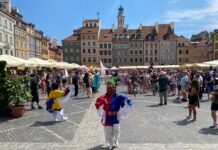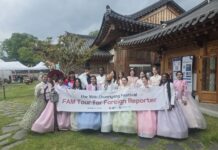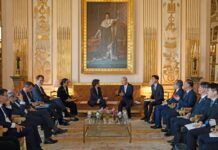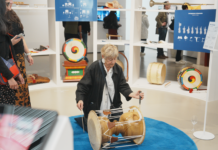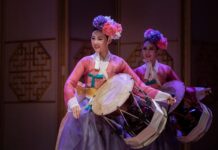
The guksae (national seal) Daegunjubo (left) and the eobo (royal seal) named the Royal Seal of Hyojong (right) will be displayed from Feb. 22 to March 8 at the National Palace Museum of Korea in Seoul.
By Song Baleun and Kim Hwaya
Photos = Cultural Heritage Administration
Two historical seals from the Joseon Dynasty (1392-1910) symbolizing royal authority have been returned to Korea from the U.S.
The Cultural Heritage Administration (CHA) on Feb. 19 said the two seals — Daegunjubo (guksae) and the Royal Seal of Hyojong (eobo) — will be put on public display from Feb. 22 to March 8 at the National Palace Museum of Korea in Seoul.
The term guksae refers to a national seal symbolizing national authority. According to the historical texts Gojong Sillok (Annals of King Gojong) and Seungjeongwon llgi (Diaries of the Royal Secretariat), Daegunjubo was made in 1882 under Gojong’s orders for use as an official stamp for diplomatic and administrative documents until 1897.
An eobo was a royal seal that posthumously commemorated the achievements of a king or a queen. The Royal Seal of Hyojong was made in 1740, when King Yeongjo bestowed the title of Myeonguijeongdeok (Bright Righteousness and Correct Virtue) to the late King Hyojong.

The bottom sides of Daegunjubo (left) and the Royal Seal of Hyojong.
Korean American businessman Lee Dae-soo’s donation of both seals enabled their return to Korea.
The CHA said the return was significant since it was conducted in a friendly and voluntary manner instead of compulsory methods such as seizure and investigation.
“(The CHA) plans to create and distribute brochures and videos on stolen guksae and eobo to increase interest in the missing heritage in order to raise awareness and encourage friendly return of the seals through donations,” it added.
brightsong@korea.kr


